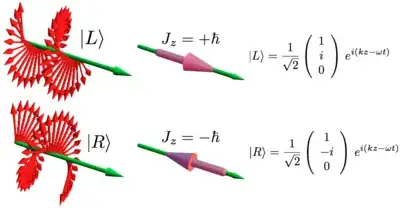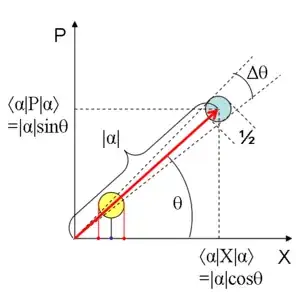I'm afraid that linear polarization is not as interesting an example as you may have hoped.
First, the answer: in quantum optics, whether or not a quantum state exhibits linear polarization is independent of the photon count for that state. A single-photon state can be linearly polarized.
Now, the explanation: in quantum electrodynamics (QED) it is convenient (especially if you want to perform any actual calculations!) to quantize the field in terms of circularly polarized quanta we usually call photons. However, so long as you are only interested in the electromagnetic field ("quantum optics") it is equally valid [see footnote] - and in this case a better choice - to quantize in terms of linearly polarized quanta. (When I was studying quantum optics, we usually called these photons too, though I'm not sure whether that is considered technically correct or not.)
Specifically, in a thought experiment about a one-dimensional cavity with an ideal linearly polarizing filter part way along, the most natural quanta divide into three groups: those with the linear polarization that the filter passes through, those on the left of the filter with the linear polarization that the filter reflects, and those on the right of the filter with the linear polarization that the filter reflects.
There's nothing mysterious about this, because translating between a state described in terms of linearly polarized quanta and a state described in terms of circularly polarized quanta is trivial. If I remember correctly, in open space (or a simple cavity) a state containing exactly one linearly polarized quanta is just an equal superposition of the state containing a single photon with right circular polarization and the state containing a single photon with left circular polarization. (The orientation of the linear polarization is determined by the phase between the two component states.)
In an actual experiment, of course, you would not expect to see classical polarization at very low (single photon) intensities, because we don't have any ideal polarizing filters to experiment on. However, the photon count necessary to make the experiment work would depend not on the nature of light but on the exact mechanics of the polarizing filter itself.
PS: I am not familiar enough with QED to be absolutely certain, but as far as I know it is still true that you could in principle work with linearly polarized quanta, it just isn't a useful choice if you want to perform any actual calculations.


